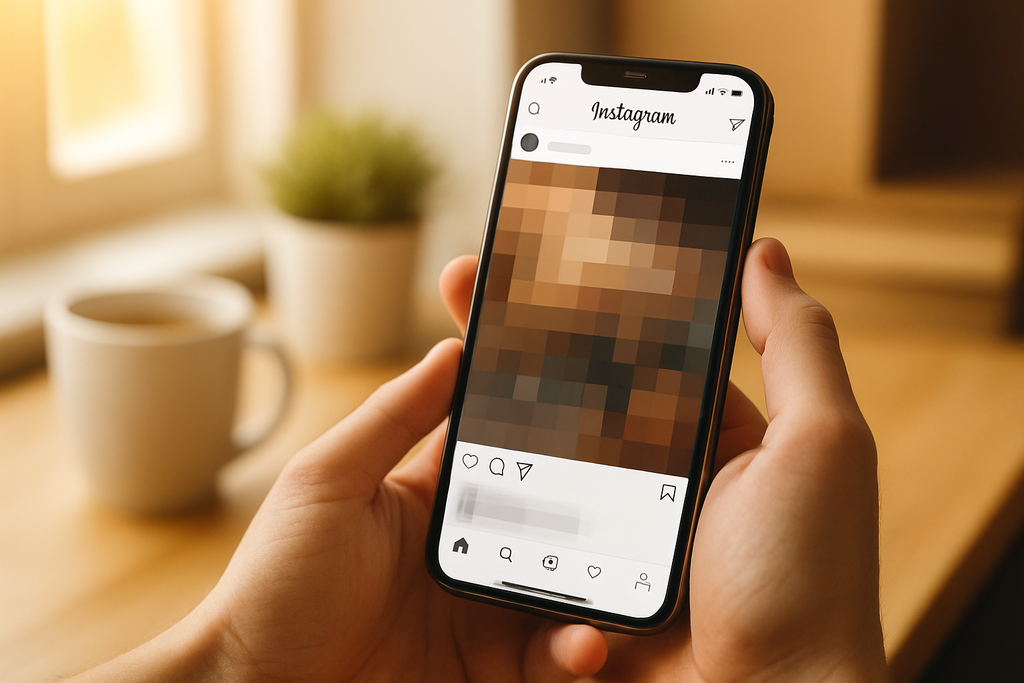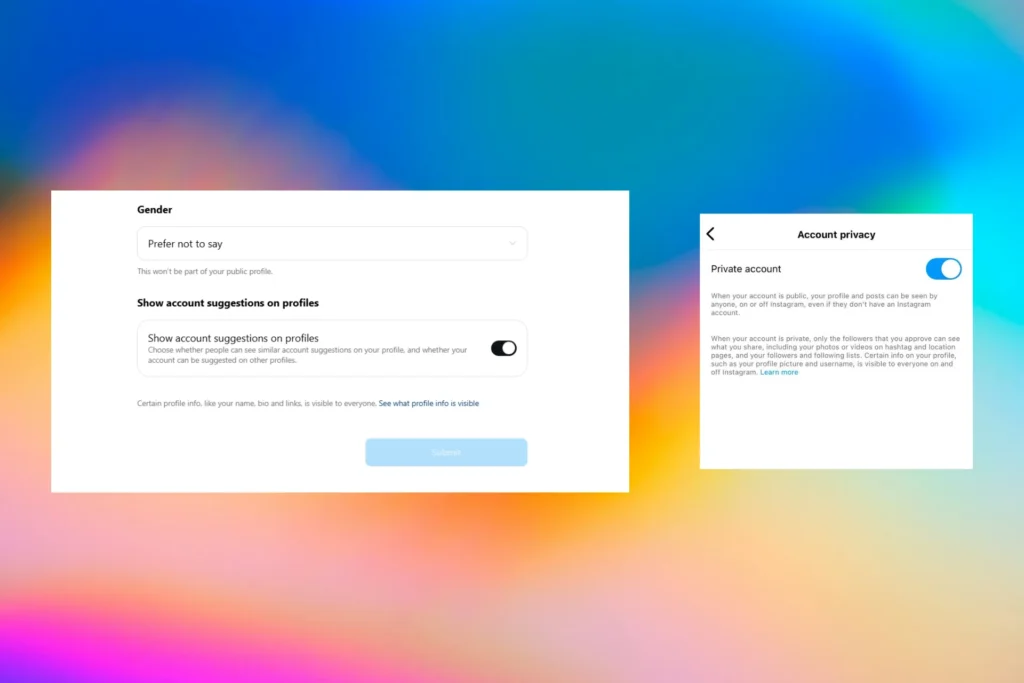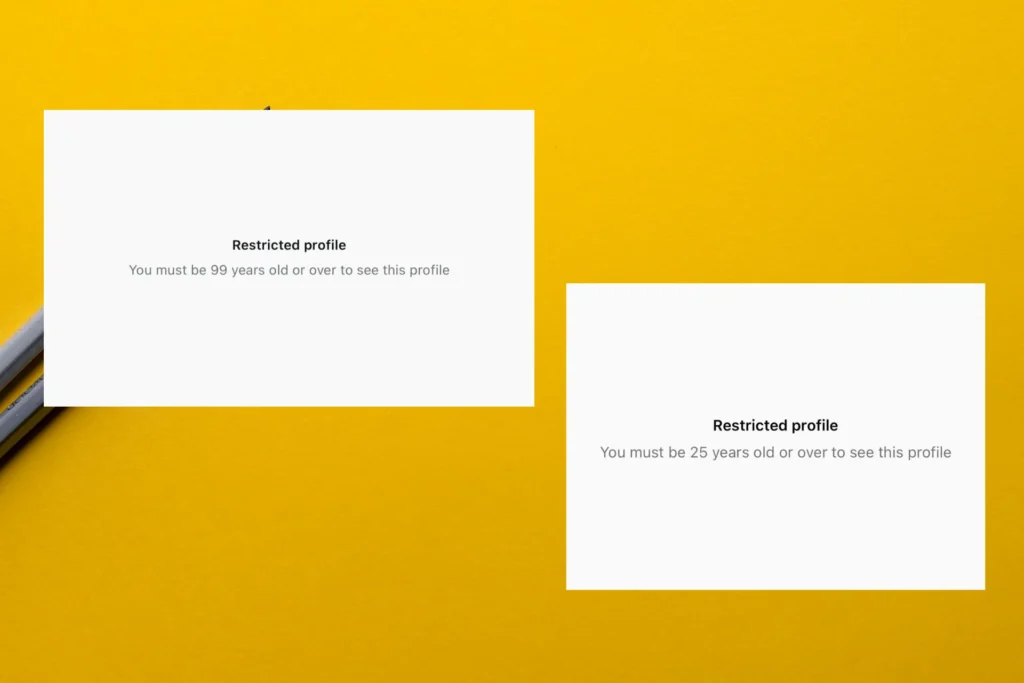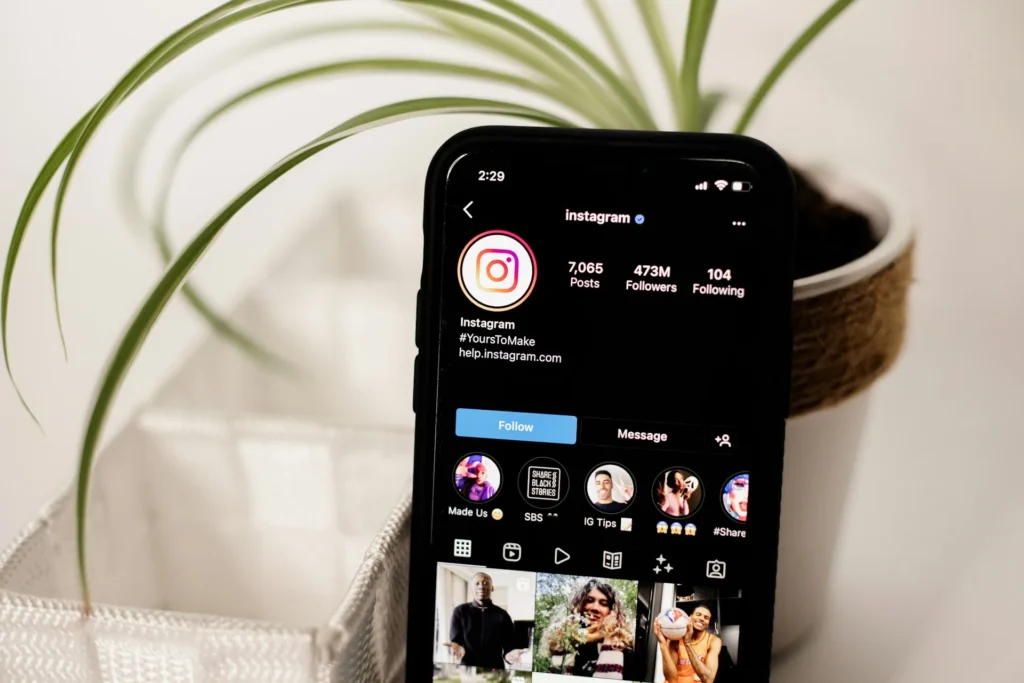I’ll be honest: I never thought posting a photo of a classroom art project would land me in hot water. But one day, I shared a picture of a life-drawing statue (nudity in classic art) and Instagram’s algorithm flagged it. “Removed for violating guidelines,” it said. That got me wondering: what are Instagram’s rules on nudity, and why do they seem so confusing?
As it turns out, Instagram’s policy on nude content is complicated and controversial. As a regular user and art-lover, I’ve seen friends’ posts (from breastfeeding selfies to body-positive photos) get flagged or deleted, sparking debates online. So I dug into the official rules, news stories, and user experiences to make sense of it all.
In this post, I’ll walk through Instagram’s official nudity guidelines, share some real cases where posts were taken down, and explore why people (like me) care so much. I’ll also look at how these rules clash with creative expression.
Whether you’re posting a summer swimsuit pic, a body-positive selfie, or a work of art, knowing the do’s and don’ts can save you a headache, or at least explain why an innocent post disappeared overnight. Along the way, I’ll share examples (even a few anecdotes you might relate to), and by the end, I’ll sum up what Instagram’s latest updates mean for us all, with a peek at new developments on the horizon!
Instagram’s nudity guidelines explained
Instagram’s parent company, Meta, spells out its rules in a “Community Standards” policy called Adult Nudity and Sexual Activity. The basic point is: real nude photos or sexual content are not allowed for general users.
The policy says they remove real photographs and videos of nudity and sexual activity, including AI or digitally generated nudity. In other words, if it looks like a real person and is naked, Instagram’s rule is to take it down to “keep the platform safe” and protect younger viewers.
However, the same policy also lists several allowed exceptions. Instagram admits that “nudity can be shared for a variety of reasons” and makes allowances when the context is clear. For example, photos of art, paintings, sculptures, and other realistic artworks that include nudity are explicitly permitted (though Instagram may still add a “Sensitive Content” warning).
Likewise, images of breastfeeding, childbirth, post-mastectomy bodies, and even protests involving nudity are allowed. In fact, the guidelines say they “allow real-world art that depicts nudity, such as photographs of paintings, sculptures, etc.”
On the flip side, the rules clearly ban visible genitalia, close-ups of naked buttocks, and most photos of female nipples. Any image of an uncovered female nipple is not allowed, except when it’s for breastfeeding or protest.
Male nipples are not treated the same; casual half-dressed photos of men are generally fine, which many people have noticed as a gender bias. These rules apply to all users: if a photo is a “photorealistic/digital” image showing nudity outside the exception, it will be removed!
So in plain language: Instagram disallows real nude photos as a default, but carves out narrow exceptions. The company says it restricts some images of female breasts that include the nipple, but allows other images in clear contexts like health or protest. In practice, that means:
- Allowed in most cases (with context): Breastfeeding a baby, childbirth, post-surgery or body-positive photos, protest signage involving nudity, and images of nude art (paintings, sculptures, etc.).
- Usually allowed: Non-sexual, non-graphic nudity (e.g., people in a museum or at an all-naked protest, since those are “newsworthy” or for awareness).
- Banned for all users: Photos with visible genitals, full buttocks, or uncovered female nipples (outside the allowed cases). Also explicitly banned: sexual acts, pornographic content, sex toys for sale, etc.
To make this clearer, here’s an example table of content types and Instagram’s stance:
| Content example | Allowed on Instagram? |
|---|---|
| Artistic nude (painting, sculpture) | Yes. Allowed as “art.” |
| Breastfeeding or maternity photo | Yes. Allowed (health context). |
| Person hugging/cupping their own chest | Yes (now allowed). Instagram now permits someone simply holding their breasts. |
| Person covering breasts with arms | Yes. Not violating any “female nipple” rule (though earlier it sometimes triggered flags). Now generally fine. |
| Person grabbing/squeezing breasts | No. Still considered a violation (“boob-squeezing” was the old rule). |
| Male bare-chested (no shirt) | Yes. Male nipples aren’t restricted. |
| Female bare-chested (nipples visible) | No. Not allowed except in protest/health context. |
| After-mastectomy scar photo | Yes. Allowed in a medical context. |
Even seemingly minor things can trigger a violation. Older rules had no visible female nipple at all, period. Only after years of complaints did Instagram add those exceptions. The company also acknowledges that human bias in reviewers and automated systems has led to uneven enforcement.
To sum up: Instagram’s official policy is strict about nudity, but also acknowledges that some nudity (art, breastfeeding, protest, etc.) has educational or expressive value. The result is a rulebook full of very specific cases, and many users say it’s confusing!
Censorship controversies on Instagram
The big question is: how does Instagram enforce these rules? The answer: often unevenly, sparking outrage and big headlines. In practice, people have seen both obviously sexual posts and innocent posts taken down. Several high-profile cases show how this plays out:
- Body positivity vs. “boob-squeezing” rule: UK model Nyome Nicholas-Williams posted a nude self-portrait (eyes closed, arms wrapped around her breasts) to celebrate her body, and Instagram took it down. This outraged fans, who launched the hashtag #IWantToSeeNyome. Instagram was accused of a double standard, allowing pictures of skinny white women but banning similar poses by someone of color. After widespread backlash, Instagram changed the rule: it now allows hugging or cupping breasts. They still forbid more explicit grabbing motions.
- Comedy and parodies: Australian comedian Celeste Barber is known for parodying glamorous model photos. In 2019, she recreated a Victoria’s Secret ad by posing with her child, joking about motherhood. Instagram deleted her pic for violating nudity rules, then reinstated it and admitted the mistake. This incident also helped push the update allowing “hugging or holding breasts.”
- Nipple tattoos and “Free the Nipple”: Instagram has flagged images of breast cancer survivors with realistic nipple tattoos after mastectomy, treating them as “nude content.” This fueled the “Free the Nipple” campaign, which calls out the double standard of banning female nipples but allowing male ones.
- Art and real-world imagery – Museums and artists have seen classical artworks censored. Instagram once took down a movie poster showing breastfeeding, and even famous paintings have been hidden behind “sensitive content” screens.
- Trans and non-binary users – In 2023, Meta’s Oversight Board reviewed a case where a transgender and nonbinary couple’s fundraising photos (bare-chested but covered nipples) were removed. The Board ruled the removal was wrong and criticized the policy as based on a “binary view of gender.” They urged Instagram to clarify its rules and make them inclusive.
These examples show a pattern: Instagram often accidentally censors content that many users feel should be allowed. The common thread is that the context of an image often gets lost in the automated filters. In response to backlash, Instagram has made some changes, but complaints keep coming.
The Censorship vs. Expression debate
On one side, Instagram insists these rules are needed to protect community standards and minors. They emphasize exceptions for education, art, and protest where intent is clear. On the other side, critics argue Instagram’s approach is inconsistent and biased.
Points of contention:
- Bias and fairness: Cases suggest filters and reviewers may show racial bias.
- Gender and identity: Rules assume a strict male/female divide, excluding trans and non-binary experiences.
- Art vs. pornography: Critics say Instagram blurs the line too much, often censoring legitimate art.
- Free expression: Activists see nudity as a right and a protest tool, not inherently sexual.
- Algorithms and controls: Instagram’s Sensitive Content Control defaults to a strict setting, which hides borderline posts by default.
Practical advice for users:
- Know the official nudity policy, especially exceptions.
- If your content gets flagged, appeal and explain the context.
- Expect that rules may evolve, and community feedback can push changes.
What this means for creativity and expression?
For many artists, Instagram’s rules feel limiting. While the platform offers sensitive content filters so users can choose their own tolerance level, most people stick with the default, meaning borderline content stays hidden.
The 2023 Oversight Board ruling might push Instagram toward clearer and more inclusive policies. Still, creators often have to self-censor or risk takedowns.
There’s also an interesting paradox: some studies suggest Instagram’s algorithm gives more engagement to posts with subtle nudity, even as the rules forbid them. This shows the tension between user interest and platform policy.
With Meta’s new platforms like Threads adopting even stricter rules, Instagram may remain a middle ground, stricter than some want, looser than others expect.
For now, the best we can do is stay informed, post mindfully, and speak out when policies feel unfair. Past user campaigns have proven that change is possible. Whether you care about art, activism, or personal expression, understanding these guidelines is key to navigating Instagram without unwanted surprises!
Before you leave, find out if Instagram reads your DMs, a question asked by almost every privacy-conscious user.
Do not forget to share your thoughts on nudity on Instagram in the comments section below!

With over five years of experience in the tech industry, Kazim excels at simplifying complex topics, making them accessible to tech enthusiasts and general readers alike. He has contributed to several renowned publications worldwide, including WindowsReport and Allthings.how, bringing insightful coverage of key developments in the field.
In the past, Kazim was closely associated with a digital marketing firm that handled social media profiles of influencers. This helped him gain deep insights into Instagram’s algorithm and policies.





